It’s unsettling to think that some beloved animal species might not be here much longer. Climate change, habitat loss, and human activities are accelerating the disappearance of many creatures, some of which have been with us for centuries. As we edge closer to 2050, it’s crucial to take stock of these animals—both to appreciate them while they’re still here and to understand the urgent need for conservation. Here are 13 animals you love that might not exist by 2050.
1. African Elephant

The African elephant, the largest land animal on Earth, might not roam the savannas by mid-century. Poaching for ivory and habitat destruction are the primary threats to their survival. You can’t help but feel a sense of wonder when you see these majestic creatures, with their complex social structures and intelligence. Yet, their numbers have plummeted in recent years, underscoring a critical need for intervention.
According to a report by the World Wildlife Fund, if current trends continue, African elephants could be functionally extinct within the next few decades. Conservationists stress the importance of anti-poaching laws and habitat preservation. Engaging local communities in sustainable tourism can also offer a lifeline to these gentle giants. By supporting conservation efforts, you contribute to a global mission to keep these iconic animals in our world.
2. Polar Bear
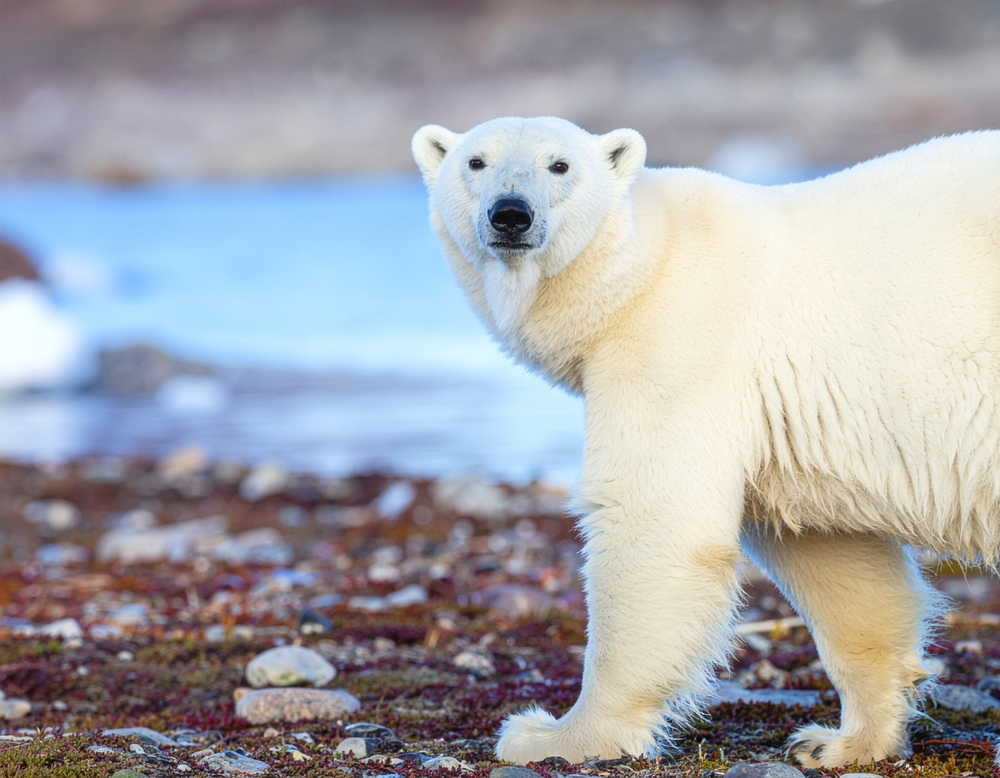
With their striking white fur and endearing cubs, polar bears are the poster species for climate change. Melting ice caps are reducing their natural habitat, forcing them to travel greater distances for food. It’s heartbreaking to think that future generations might only know them from pictures and videos. These apex predators play a crucial role in the Arctic ecosystem, yet their numbers are dwindling.
For you, seeing a polar bear in the wild might mean traveling farther than ever before. As climate change accelerates, their hunting grounds shrink, leading to malnutrition and starvation. Conservation efforts now focus on reducing global carbon emissions as a way to preserve their habitat. Your lifestyle choices, from reducing your carbon footprint to supporting eco-friendly policies, can make a difference in their survival.
3. Orangutan
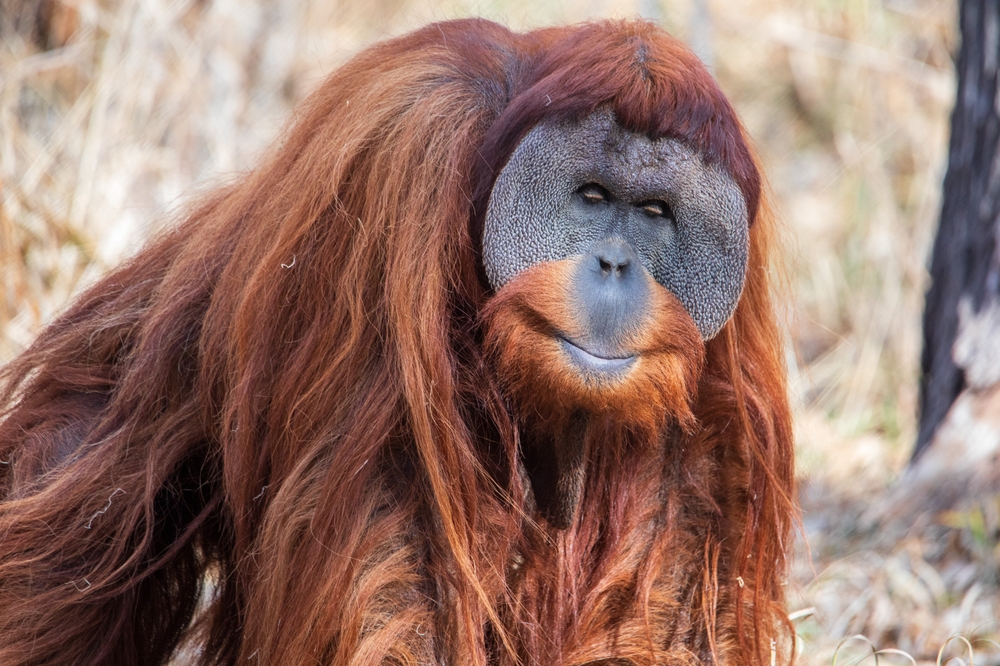
Orangutans, known for their intelligent eyes and gentle demeanor, are losing their homes at an alarming rate. The expansion of palm oil plantations in Indonesia and Malaysia has decimated their rainforests. Witnessing an orangutan swing through the treetops is an unforgettable experience, yet this might become a rarity. Every hectare cleared for agriculture brings them closer to extinction.
The International Union for Conservation of Nature calls the situation for orangutans a “conservation emergency.” They recommend immediate action to halt deforestation and promote sustainable agriculture. By choosing products that are certified sustainable, you can help protect their habitats. Remember, your everyday choices have the power to save these incredible apes for future generations.
4. Vaquita

The vaquita, a small porpoise native to the Gulf of California, is on the brink of extinction. With fewer than 10 individuals left, it’s the world’s most endangered marine mammal. You’ve probably never seen one in the wild—few have—but their story is a poignant reminder of the impact of human activities on marine life. Illegal fishing nets intended for another endangered species, the totoaba, have severely depleted their numbers.
Efforts to save the vaquita include deploying safer fishing methods and cracking down on illegal fishing practices. Yet, time is running out, and the situation is dire. The Mexican government, along with international organizations, is racing against the clock. Although the outlook seems bleak, your awareness and support can amplify the call for urgent protective measures.
5. Amur Leopard

With its stunning spotted coat, the Amur leopard is one of the most beautiful—and endangered—big cats in the world. Found primarily in the forests of Russia and China, this elusive animal faces threats from poaching and habitat loss. You might be amazed to learn that fewer than 100 individuals remain in the wild. Their plight is a testament to the delicate balance of our ecosystems and the urgent need for conservation.
The World Wildlife Fund has noted significant strides in anti-poaching efforts and habitat restoration. These initiatives are crucial for the Amur leopard’s survival, offering a glimmer of hope amidst a precarious situation. Supporting organizations dedicated to big cat conservation can make a tangible impact. You can help ensure that these magnificent creatures continue to prowl the forests for years to come.
6. Hawksbill Turtle
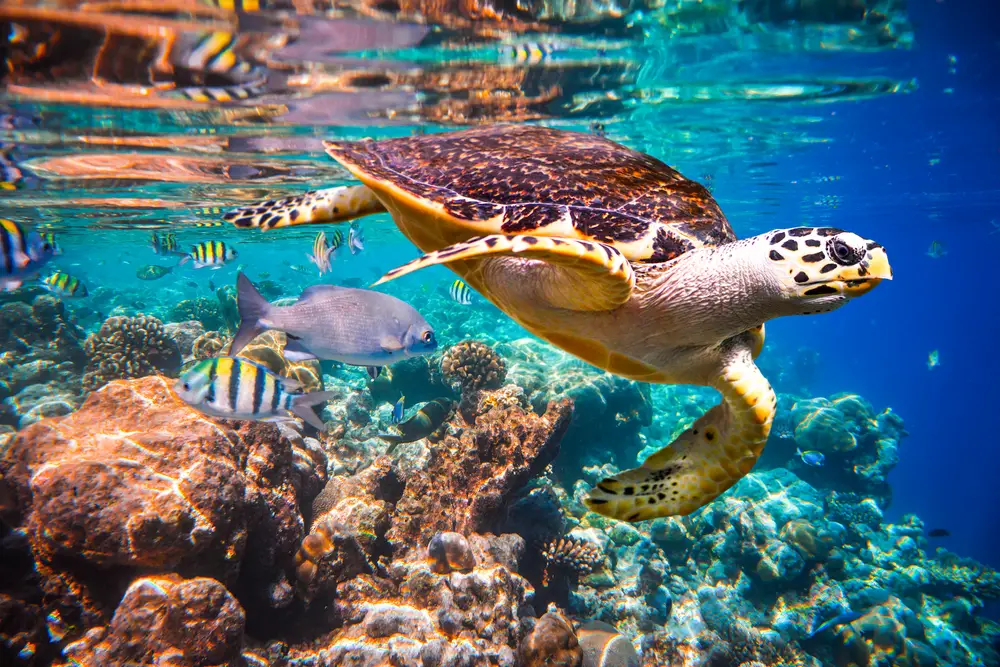
Hawksbill turtles are known for their striking shells, which have unfortunately also made them a target for illegal trade. Nesting in tropical coral reefs, they play a critical role in maintaining the health of their marine ecosystem. It’s devastating to think that their numbers have declined by 80% over the last century. Without intervention, you might only see these turtles in documentaries.
Marine conservationists are working to protect nesting sites and curb illegal trade in turtle products. By supporting sustainable seafood and avoiding the purchase of tortoiseshell items, you can contribute to their preservation. Your actions, however small, help protect the intricate web of life in the ocean. Imagine a future where hawksbill turtles continue their ancient journey across the seas.
7. Sumatran Rhino
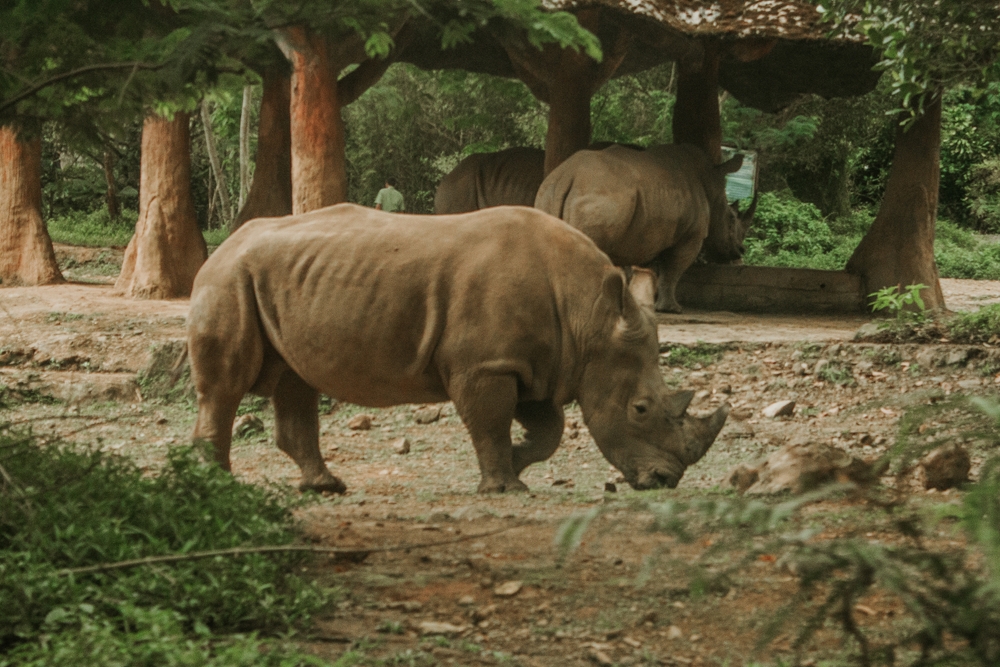
The Sumatran rhino, the smallest and hairiest of the rhino species, is critically endangered. Found only in Indonesia, fewer than 80 remain in the wild, scattered across fragmented habitats. Seeing a Sumatran rhino is a rare privilege, but this rarity highlights their perilous situation. The primary threats are habitat loss and poaching, driven by the illegal demand for rhino horn.
According to a report by the International Rhino Foundation, innovative conservation strategies such as captive breeding and habitat restoration are vital to their survival. You can support these efforts by donating to organizations focused on rhino conservation. By raising awareness and advocating for stronger wildlife protection laws, you play a role in ensuring that Sumatran rhinos don’t become a footnote in history.
8. Pangolin

Pangolins, often referred to as “scaly anteaters,” are the most trafficked mammals in the world. Their unique scales are highly valued in traditional medicine, despite a lack of scientific evidence supporting their efficacy. These solitary, nocturnal creatures might not seem impressive at first glance, but their ecological role is substantial. They help control insect populations, yet they face extinction due to relentless poaching.
Organizations worldwide are working tirelessly to combat illegal wildlife trade and protect pangolin habitats. By supporting these efforts, you can help reduce demand for pangolin products. Your voice matters in advocating for stricter enforcement of wildlife protection laws. Imagine a world where pangolins continue to roam freely, their scales glistening in the moonlight.
9. Mountain Gorilla
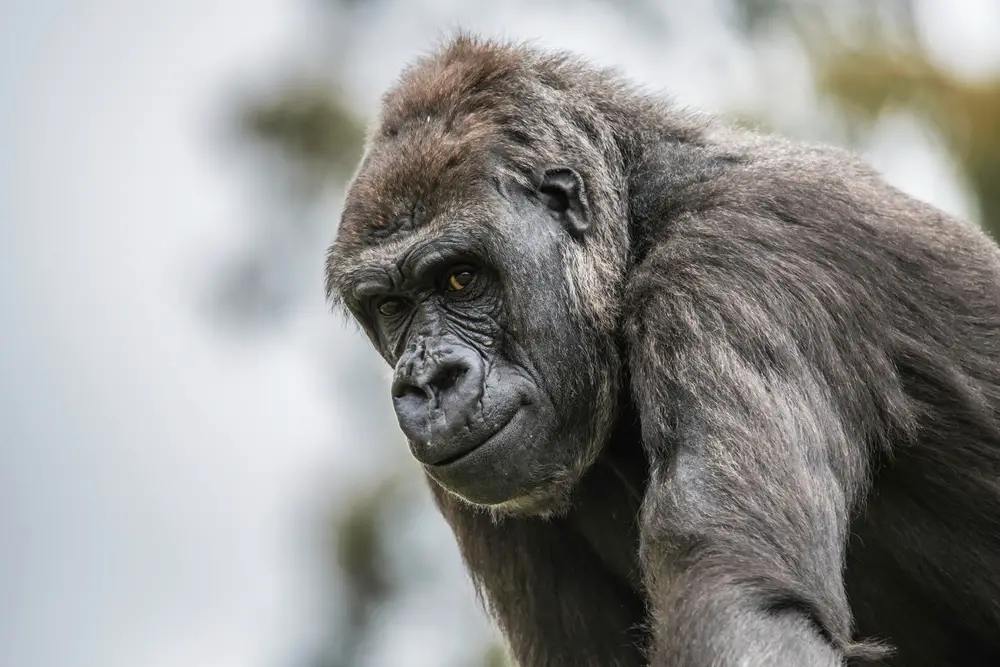
Mountain gorillas are a conservation success story, but their numbers remain fragile. Found in the forests of central Africa, they’re threatened by poaching, disease, and habitat destruction. Observing their complex family dynamics and gentle nature is a humbling experience. Yet, despite recent population increases, their future is far from secure.
Conservation programs have been pivotal in improving their numbers, emphasizing tourism that benefits local communities. Your visit to see these gorillas can directly support their survival, making it a unique form of conservation activism. By choosing travel companies that prioritize sustainable practices, you contribute to a brighter future for these incredible primates. Imagine a world where mountain gorillas continue to thrive, thanks to your efforts.
10. Snow Leopard
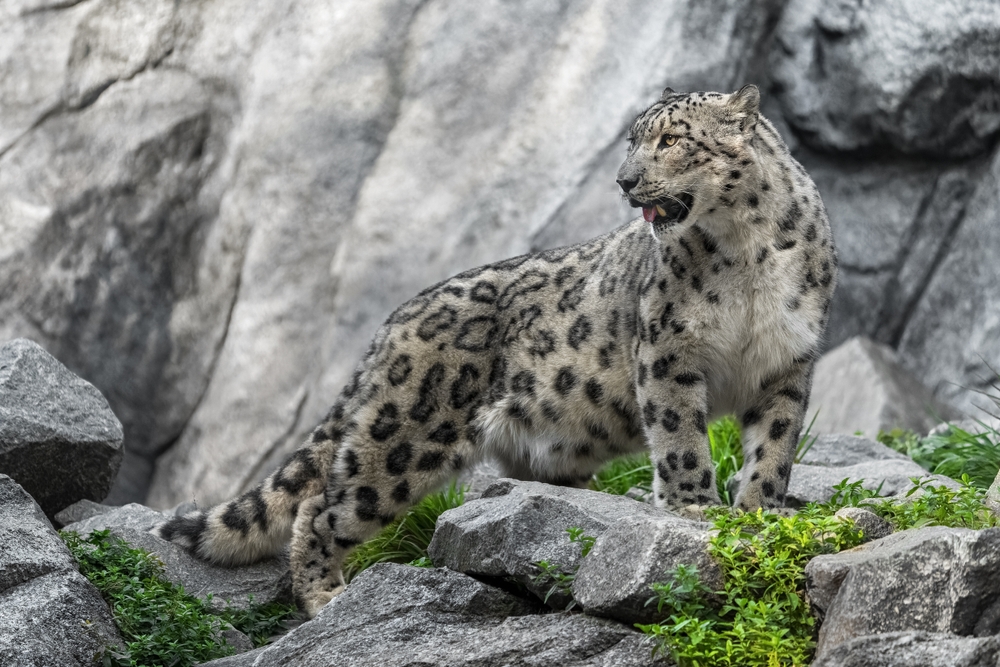
Often called “ghosts of the mountains,” snow leopards are elusive and rarely seen. Found in the rugged terrains of Central Asia, they’re threatened by habitat loss and poaching. Their beautiful fur and mystical allure make them targets for illegal trade. Yet, their presence is crucial for the ecosystem, maintaining the balance by controlling prey populations.
Efforts to protect snow leopards focus on increasing protected areas and involving local communities in conservation initiatives. Supporting eco-friendly tourism in snow leopard habitats can provide economic alternatives to poaching. Your engagement in these initiatives helps foster a world where snow leopards continue to roam the mountains. By valuing biodiversity, you ensure future generations can marvel at these ethereal creatures.
11. Monarch Butterfly

Every year, millions of monarch butterflies embark on a remarkable journey from Canada to Mexico. This migration is one of the most spectacular natural phenomena, yet it’s increasingly threatened by habitat loss and climate change. Monarchs need specific plants—milkweeds—to survive, and their decline is a warning sign for broader ecological issues. You can’t help but admire their resilience, but they need your help to continue their journey.
Conservation efforts include planting milkweed and protecting overwintering sites in Mexico. Your garden can become a sanctuary for these butterflies, contributing to a global effort. By advocating for pesticide-free environments and supporting conservation organizations, you play a part in preserving this natural wonder. Imagine a world where the skies remain vibrant with the flutter of monarch wings.
12. Blue Whale
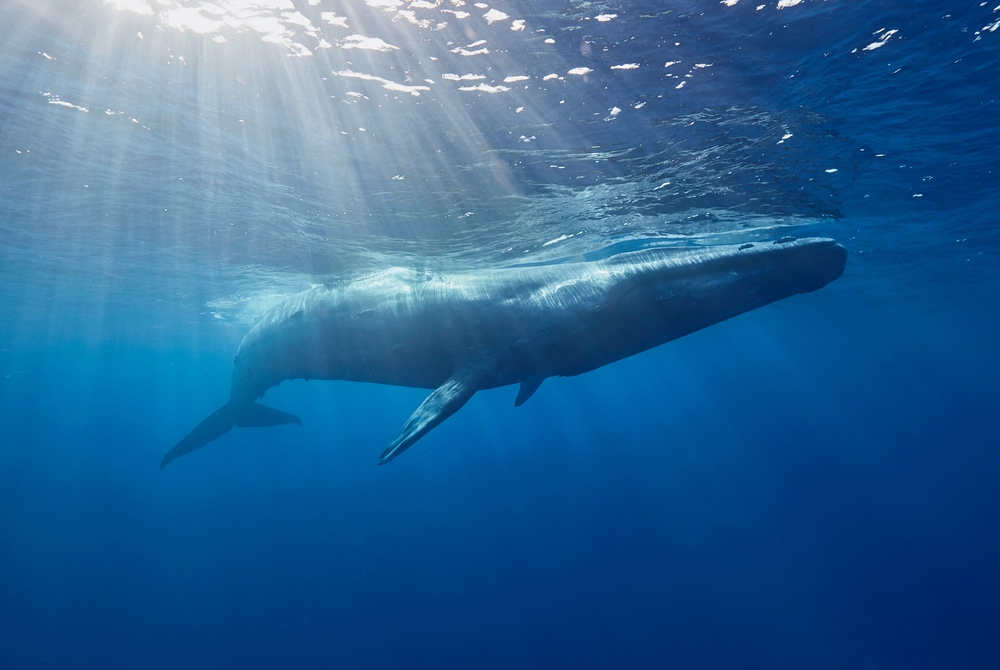
The blue whale, the largest animal that has ever existed, inspires awe with its sheer size and grace. Found in oceans around the world, they’re threatened by ship strikes, entanglement in fishing gear, and climate change. Hearing a blue whale’s song is a haunting experience, yet their voices might fall silent if current trends continue. Their role as ocean giants is critical in regulating marine ecosystems.
Marine conservationists focus on reducing human-induced threats and protecting critical habitats. Supporting policies that address climate change and ocean pollution can ensure the survival of blue whales. Your choices, from reducing plastic waste to supporting marine protected areas, influence the future of these magnificent creatures. Imagine a world where blue whales continue to sing their songs across vast oceans.
13. Koala

Koalas, with their adorable faces and iconic status, face an uncertain future. Found in Australia, they’re threatened by habitat loss, disease, and climate change. Watching a koala snooze in a eucalyptus tree is a soothing sight, but this image may become a memory without intervention. Their survival depends on preserving eucalyptus forests and addressing the impacts of climate change.
Efforts to save koalas include habitat restoration and disease management programs. Supporting organizations focused on koala conservation can help maintain their populations. Your advocacy for stronger environmental policies can make a tangible difference in their survival. Imagine a future where koalas continue to captivate hearts worldwide, thanks to your commitment to their preservation.
